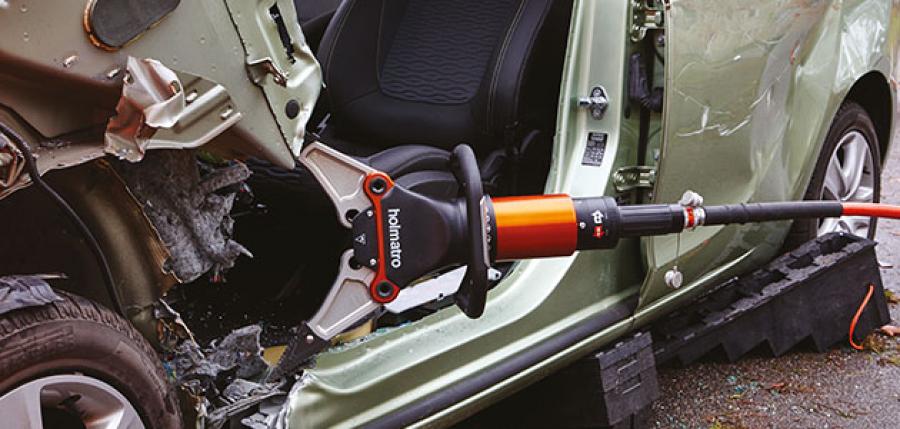Hydraulic Spreaders and More Useless Numbers
The latest addition to the Dunbar household is now four months old and there are nights when young Jessica is not as fond of sleep as her parents are. Inevitably the TV goes on and we spend an hour watching home shopping channels whilst our young daughter decides it’s time say good night (again). The claims made on these channels are ludicrous and have been for many years, which tells me people actually believe this nonsense, but they buy stuff and as a consequence, the channel stays on air; amazing! These insomnia driven episodes have inspired me to follow on from my previous blog which talked about the importance of getting ‘behind the numbers’ associated with hydraulic cutters and focus on actual performance.
Spreaders and Hydraulic Forces
Well now, let’s look at spreaders, but before we do, it is important to understand how hydraulic forces work in relation to hydraulic spreaders. If you stand up straight and stretch both arms out in front of you with the palms of your hands together (now you look like a spreader) and slowly open and close your arms (as you would do with a spreader) do you know where most of the force is located and in what position? Well you may be surprised to know that the most force you can exert with your arms is right near your shoulders when your arms more than halfway open. In terms of hydraulic forces on your spreaders, this is exactly the same.
Misleading Claims
The thing is though, how often do you use the hydraulic force located at the bottom of the spreader arms, near to the control handle with the spreader more than halfway open? That’s right, NEVER! But you will see some spreaders advertised with a ‘Max. spreading force at base of arm’ of over 350 tons; this kind of claim belongs on a shopping channel.
 Have you ever seen the base of the spreader arms being used for spreading? Know the difference between theoretical and useable spreading forces!
Have you ever seen the base of the spreader arms being used for spreading? Know the difference between theoretical and useable spreading forces!
Theoretical vs Useable Spreading Force
You see there is theoretical spreading force and useable spreading force. Theoretical numbers, just like cutters, can be astonishingly high but have absolutely no relevance at all. It therefore follows that the highest number will often be considered as the best and strongest tool, when in fact this can be completely untrue. It is vital that users and purchasers understand fully the norms that cover these tools, because (as I said in my last blog) we are predisposed to being impressed by large numbers. Some manufactures claim that this theoretical spreading force is useable, when it isn’t and never could be.
Spreading Forces Specified by the Norms
You will see two types of norms when it comes to double acting hydraulic rescue tools and this depends where on the planet you are. Either the EN 13204 norm or NFPA 1936. The EN norm actually specifies the minimum spreading force 25mm from the tips. This makes it easy to compare spreaders. Remember this is (in the vast majority of cases) the position in which you will start your spreading process, so this figure actually means something. In the NFPA test the tool’s spreading force is measured 25mm from the end of the tip and at 10 uniformly spaced points, ranging from the closed position to 95% of the maximum opening. The value of the highest point is referred to as the highest spreading force (HSF) and the lowest point as the lowest spreading force (LSF).
Conclusion
I cannot emphasise enough just how important it is to fully understand how hydraulic equipment works and how it is rated. You must be able to then take that knowledge and understanding and apply to to its operational use. I have spoken to many people who have purchased based on the high numbers alone; not a great move. At the end of the day hydraulic rescue equipment is a large investment and it requires careful consideration. See through the numbers, understand the norms and most of all appreciate that most of the forces advertised in association with hydraulic spreaders are simply useless and misleading, just like TV shopping channels.
As ever I welcome your feedback!
Ian Dunbar